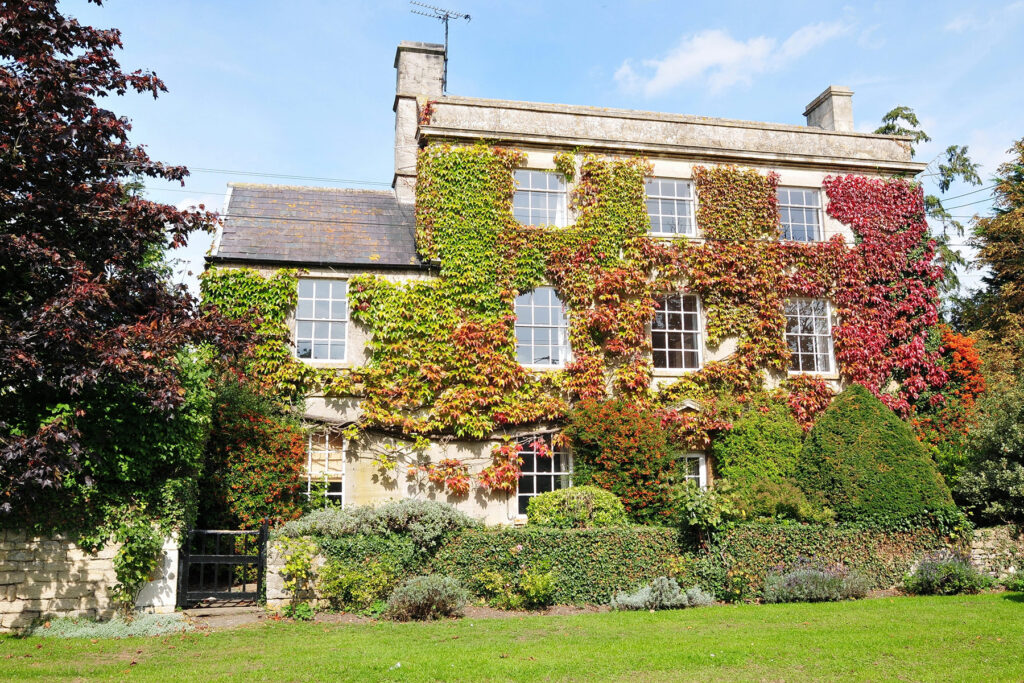Listed Building Consent and Planning Applications

 Our services
Our services
Our team of experienced heritage professionals are here to assist with planning applications related to listed, locally listed buildings and buildings falling within a designated conservation area.
We provide comprehensive support for listed building consent and planning applications, as well as the creation of tailored Design and Access Statements to support the proposed works. In addition, we can also develop Heritage Statements and Heritage Impact Assessments to support the proposed work.
What is a Listed Building?
A listed building is recognised for its special architectural or historic interest and is protected under the planning system. In England, there are over 375,000 buildings listed on the National Heritage List, categorised as follows:
- Grade I: Buildings of exceptional interest, representing only 2.5% of all listed buildings.
- Grade II: Particularly important buildings of more than special interest, comprising 5.8% of listed buildings.
- Grade II: Buildings of special interest, making up 91.7% of all listed buildings.
Listing covers the entire building, including the interior, unless specific parts are excluded in the listing description. This protection also extends to:
- Attached structures and fixtures
- Later extensions or additions
- Pre-1948 buildings on the surrounding land (referred to as ‘curtilage’ in planning terms)
Since each listed building is unique, the scope of what is covered can vary significantly. It’s crucial to consult with your local planning authority to determine if proposed works require listed building consent and to identify the elements that contribute to the building’s special architectural or historic interest. This understanding helps guide the design process, allowing for changes that are more likely to be favourably considered by the local planning authority when applying for Listed Building Consent or Planning Permission.
In addition to nationally designated listed buildings, local planning authorities may also recognise buildings that contribute positively to the local character and sense of place due to their heritage value. These buildings, often referred to as ‘locally listed buildings,’ are considered heritage assets. Whilst they don’t receive the same level of protection as nationally listed buildings, they are still given significant consideration during the planning application process.
At Evans & James, we work closely with our clients to understand their personal and, where applicable business objectives, identifying solutions that protect and enhance the qualities contributing to a building’s significance.
Our consultants provide expert advice on all aspects of working with listed or locally listed buildings, from strategic guidance for large-scale developments to minor alterations. We also offer support on risk management, maintenance of historic buildings, and design approaches that increase the likelihood of gaining permission, helping building owners achieve their aspirations.
Our Heritage Consultants guide clients through the listed building consent application process, from pre-application discussions with Local Planning Authorities to submission and, if necessary, appeals.
According to national policy, applications affecting heritage assets (such as listed buildings, locally listed buildings, or conservation areas) typically require a document assessing the asset’s significance and the potential impact of proposed changes. This document, known as a Heritage Statement or Statement of Heritage Significance, is crucial for the application’s success.
Our Heritage Consultants have extensive experience in preparing all necessary heritage documentation to support a project. While the quality of the scheme itself is crucial, the strength and clarity of the Heritage Statement can significantly influence the success of gaining consent.
For more information about Heritage Statements, please contact us or visit our Heritage Impact Assessment page.

